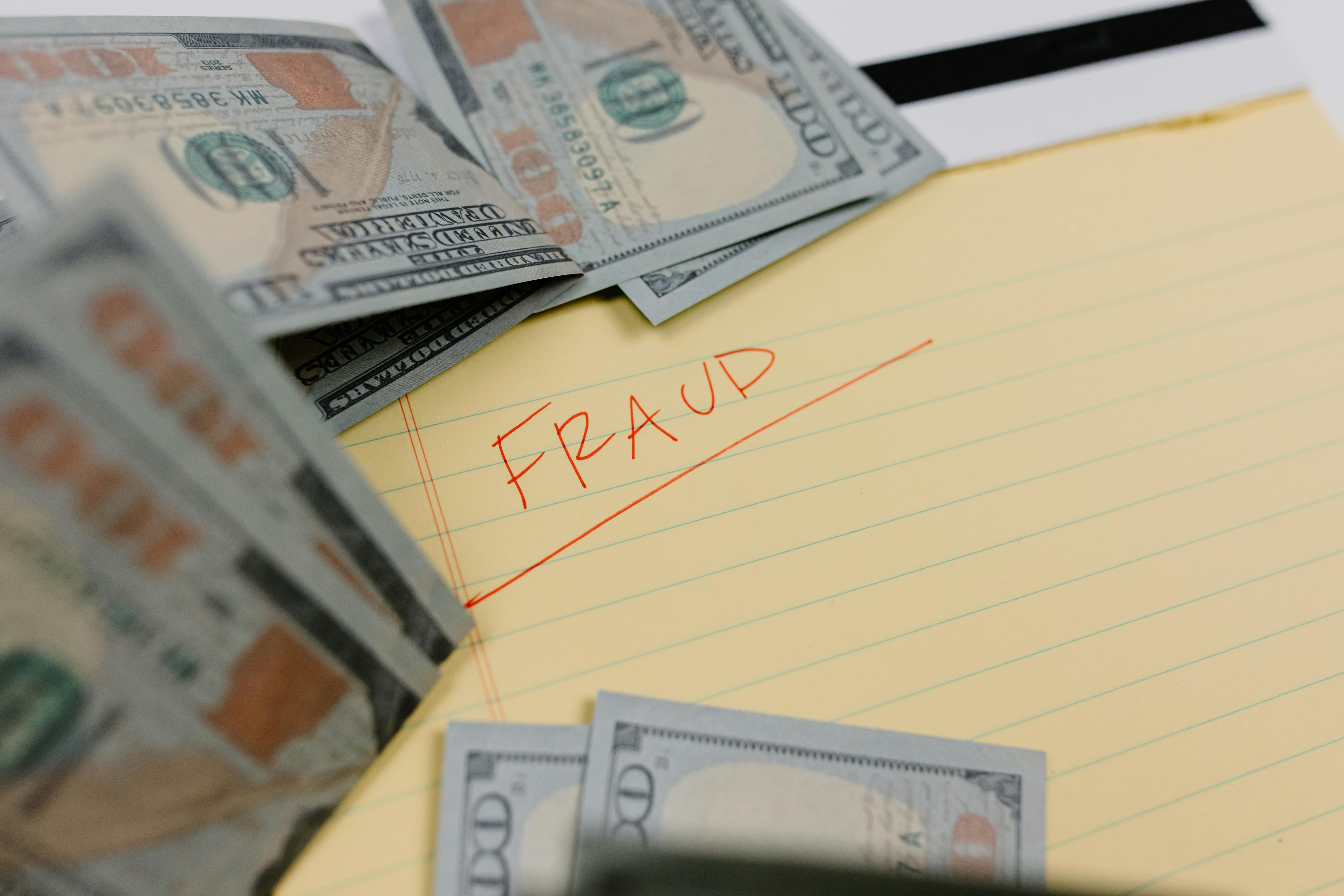In today’s digital world, protecting your identity and avoiding fraud is more important than ever. With so much personal information online, it’s crucial to take steps to keep your data safe from criminals who might try to steal your identity or commit fraud in your name. This blog will guide you through some simple and effective ways to protect yourself and avoid becoming a victim of identity theft and fraud.
Understanding Identity Theft and Fraud
Before we dive into the tips, let’s start with a quick overview of what identity theft and fraud actually are.
Identity Theft: This occurs when someone steals your personal information—like your Social Security number, credit card details, or bank account information—and uses it without your permission. They might open new accounts in your name, make purchases, or even commit crimes, all while pretending to be you.
Fraud: Fraud is any act of deception made for personal gain. In the context of identity theft, fraud might involve using stolen information to take out loans, make purchases, or gain access to services under false pretenses.
1. Protect Your Personal Information
The first step in protecting your identity is to be very careful with your personal information. This includes your Social Security number, credit card numbers, bank account details, and even your full name and address.
Tips:
- Don’t Share Your Social Security Number (SSN): Your SSN is one of the most valuable pieces of information a thief can steal. Only give it out when absolutely necessary, such as for tax forms or applying for credit.
- Be Cautious with Personal Information Online: Avoid sharing too much personal information on social media. Details like your birth date, address, and phone number can be used by criminals to steal your identity.
- Use Strong Passwords: Create strong, unique passwords for all your online accounts. Avoid using easily guessed passwords like “123456” or “password.” Consider using a password manager to keep track of them securely.
2. Monitor Your Financial Accounts
Regularly monitoring your financial accounts is one of the best ways to catch any suspicious activity early. The sooner you spot a problem, the easier it will be to stop it before it causes too much damage.
Tips:
- Check Your Bank and Credit Card Statements: Review your statements regularly to ensure all charges are legitimate. If you see any unfamiliar transactions, contact your bank or credit card company immediately.
- Set Up Alerts: Many banks and credit card companies allow you to set up alerts for any unusual activity on your accounts. These alerts can help you catch fraud quickly.
- Review Your Credit Report: You’re entitled to a free credit report from each of the three major credit bureaus (Equifax, Experian, and TransUnion) once a year. Reviewing your credit report can help you spot any unauthorized accounts or loans taken out in your name.
3. Be Wary of Phishing Scams
Phishing is a common tactic used by cybercriminals to steal your personal information. They often send emails, texts, or phone calls that appear to be from a legitimate company, asking you to provide your personal information.
Tips:
- Don’t Click on Suspicious Links: If you receive an email or text message from a company you do business with, don’t click on any links unless you’re sure it’s legitimate. Instead, go directly to the company’s website to log in.
- Verify the Source: If someone contacts you asking for personal information, be sure to verify their identity before providing anything. Call the company directly using a phone number you know is legitimate.
- Look for Red Flags: Be suspicious of any message that asks for your personal information, especially if it includes urgent language like “Your account will be closed unless you act now!”
4. Secure Your Devices
Your computer, smartphone, and other devices can be gateways for criminals to access your personal information if they’re not properly secured.
Tips:
- Install Security Software: Make sure you have antivirus and anti-malware software installed on your devices. Keep it updated to protect against the latest threats.
- Use a Firewall: A firewall can help block unauthorized access to your computer. Most operating systems have a built-in firewall that you can enable.
- Keep Your Operating System and Apps Updated: Regular updates often include security patches that protect against new threats. Make sure your operating system, apps, and browser are always up to date.
5. Use Two-Factor Authentication (2FA)
Two-factor authentication (2FA) adds an extra layer of security to your online accounts by requiring two forms of verification before you can log in. This makes it much harder for criminals to access your accounts, even if they have your password.
Tips:
- Enable 2FA on All Important Accounts: Any account that contains sensitive information, like your email, bank, or social media accounts, should have 2FA enabled.
- Choose SMS or App-Based 2FA: Some accounts offer the option to receive a verification code via SMS or through an authentication app. Both methods are more secure than just using a password.
6. Safeguard Your Mail
Believe it or not, your physical mail can also be a target for identity thieves. They might steal bills, credit card statements, or even pre-approved credit offers from your mailbox.
Tips:
- Use a Locked Mailbox: If possible, use a mailbox with a lock to prevent others from accessing your mail.
- Opt for Paperless Statements: Many companies offer the option to receive statements and bills electronically. This not only reduces the risk of mail theft but also helps you keep track of your accounts more easily.
- Shred Sensitive Documents: Don’t just throw away documents with personal information. Shred them to ensure they can’t be used by identity thieves.
7. Be Careful When Shopping Online
Online shopping is convenient, but it also comes with risks. If you’re not careful, you could end up giving your credit card information to a scammer.
Tips:
- Shop on Secure Websites: Look for the padlock icon in the address bar and make sure the website’s URL starts with “https” before entering your payment information.
- Use a Credit Card Instead of a Debit Card: Credit cards offer better fraud protection than debit cards. If your credit card information is stolen, you’re less likely to be held responsible for fraudulent charges.
- Consider Using a Virtual Credit Card: Some banks and credit card companies offer virtual credit cards, which allow you to generate a temporary card number for online purchases. This can add an extra layer of protection.
8. Report Identity Theft Immediately
If you suspect that your identity has been stolen or that you’ve been a victim of fraud, it’s important to act quickly. The faster you report the issue, the easier it will be to limit the damage.
Steps to Take:
- Contact Your Bank and Credit Card Companies: Let them know about any unauthorized transactions or accounts. They can help you close compromised accounts and issue new cards.
- File a Report with the FTC: The Federal Trade Commission (FTC) has a website where you can report identity theft and get a recovery plan: IdentityTheft.gov.
- Place a Fraud Alert on Your Credit Report: Contact one of the major credit bureaus to place a fraud alert on your credit report. This makes it harder for thieves to open new accounts in your name.
Conclusion
Protecting your identity and avoiding fraud doesn’t have to be complicated. By taking some simple precautions—like monitoring your accounts, securing your devices, and being cautious with your personal information—you can significantly reduce your risk. Remember, it’s better to be safe than sorry, so make these tips a regular part of your routine. With a little effort, you can keep your identity safe and enjoy peace of mind knowing that you’re protected.




